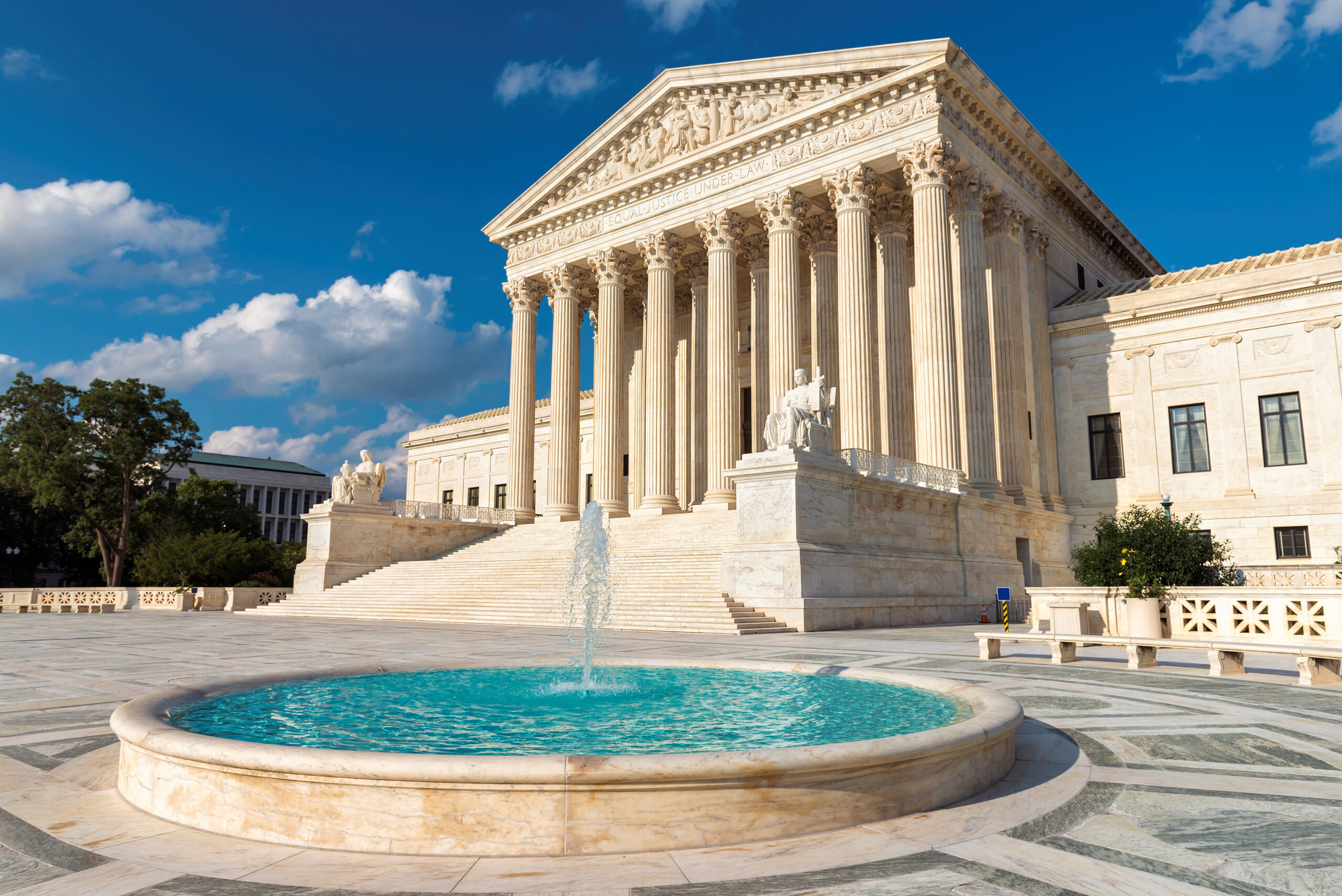On June 30, 2023, the United States Supreme Court granted the petition for certiorari of the Securities and Exchange Commission to review Securities and Exchange Comm’n v. Jarkesy, et al., Case No. 22-859.
The government’s petition raised the following questions:
- Whether the statutory provisions that empower the Securities and Exchange Commission (SEC) to initiate and adjudicate administrative enforcement proceedings seeking civil penalties violate the Seventh Amendment.
- Whether statutory provisions that authorize the SEC to choose to enforce the securities laws through an agency adjudication instead of filing a district court action violate the nondelegation doctrine.
- Whether Congress violated Article II by granting for-cause removal protection to administrative law judges in agencies whose heads enjoy for-cause removal protection.
(Pet. at I.)
The Supreme Court’s ruling could dramatically change how a broad range of regulators, including banking regulators such as the Federal Deposit Insurance Corp. (FDIC), Consumer Financial Protection Bureau (CFPB), Federal Reserve, and Office of the Comptroller of the Currency (OCC), go about imposing fines and penalties against corporations and private citizens.
This case arose from an enforcement action brought by the Securities and Exchange Commission (SEC) against George Jarkesy and his hedge fund for violating federal securities laws. Upon appellate review of the enforcement action from the SEC, the Fifth Circuit held:
- First, the SEC’s claims for securities fraud were suits at common law that carry with them the Seventh Amendment guarantee of a trial by jury. This is considered by most observers the most significant and important issue that is before the Supreme Court.
- Second, the SEC’s administrative law judge was an inferior officer and impermissibly insulated from Presidential supervision by double-layer “for cause” removal restrictions.
- Lastly, the court held that Congress impermissibly granted legislative power to the SEC by failing to provide an intelligible principle the SEC could employ to select either an Article III court or an administrative law judge to adjudicate the enforcement action.
See generally Jarkesy v. Securities and Exchange Comm’n, 34 F.4th 446 (5th Cir. 2022).
The Fifth Circuit reversed and remanded the administrative law judge’s (ALJ) finding in the SEC enforcement action that Jarkesy had committed fraud under Securities Act, Securities Exchange Act, and Advisers Act.
Jarkesy’s Significance
The significance of the Supreme Court’s decision to hear Jarkesy cannot be overstated, particularly in regard to the issue of the Seventh Amendment right to a jury trial in enforcement proceedings. Indeed, in the government’s petition, the Solicitor General urged review because the holdings by the Fifth Circuit were “highly consequential, calling into question longstanding practices at the SEC and many other agencies” and explained that the impermissible removal restriction issue “affects the conduct of ALJ proceedings within a broad range of agencies.” (Pet. at 9, 20.)
As to Seventh Amendment jury trial rights specifically, the government noted in its petition:
- “[t]he massive practical consequences of the court of appeals’ Seventh Amendment … holdings underscore the need for this Court’s review,” which “cast a cloud over a host of federal statutes that empower agencies to conduct adjudications seeking civil penalties.” (Pet. at 22, 24.)
Impact re Seventh Amendment Right to a Jury Trial
If Jarkesy is upheld: If the Supreme Court upholds the Fifth Circuit, federal regulators seeking to pursue and impose fines and penalties against private citizens must prove those claims to a jury and not an executive branch administrator. This will create new substantive requirements — and challenges – that federal regulators have not faced before:
- If upheld, allegations of wrongdoing will be tried before a jury instead of an ALJ employed by the regulator. It will change the fact-finding landscape – from an ALJ employed by the agency (who is bringing the charges) serving as arbiter of both fact and law, to a federal judge as arbiter of the law and an empaneled jury as factfinder. This would be a significant change in how enforcement actions are tried.
- Federal judges ensure that a jury receives reliable evidence to make factual findings. In administrative proceedings, however, the rules of evidence are applied differently by the ALJ, who has much more discretion (ie admitting hearsay).
- Both the legal and practical burden the regulator carries in front of an agency-appointed ALJ is far less than its burden in front of a federal jury. Currently, the government does not have to prove its case with the quality and quantity of evidence as would be required in federal court before a jury.
- The Federal Rules of Civil Procedure (FRCP) and the Federal Rules of Evidence (FRE) would govern both the process and evidence. Both sets of rules are far more protective of a party’s constitutional rights.
- With a set of federal procedural and evidentiary rules that must be followed, as opposed to how the ALJ conducts an administrative hearing with much more discretion, it will be harder for the government to succeed in proving the allegations they make against a bank or banking executive.
A decision is expected from the United States Supreme Court by June, 2024.

